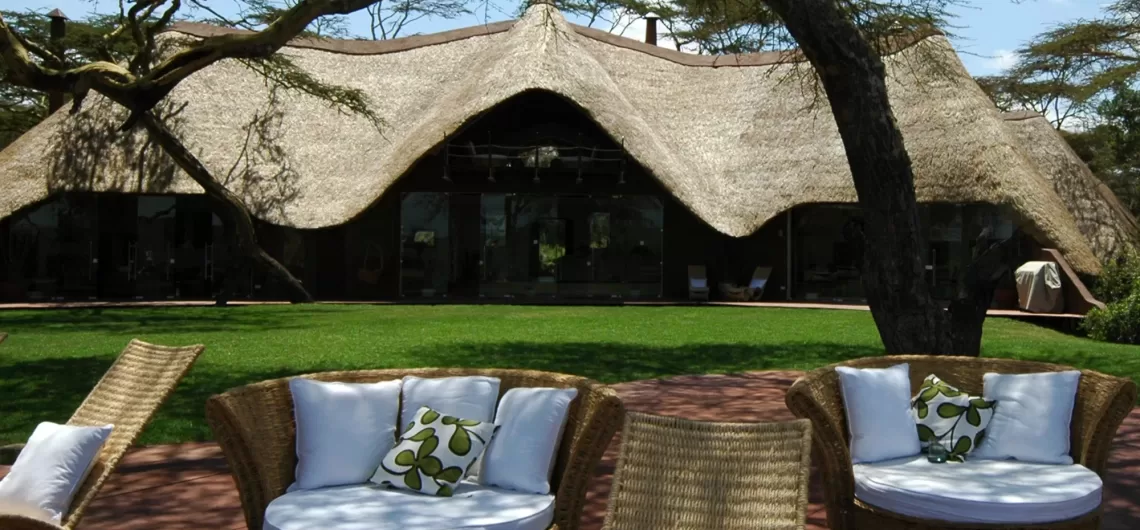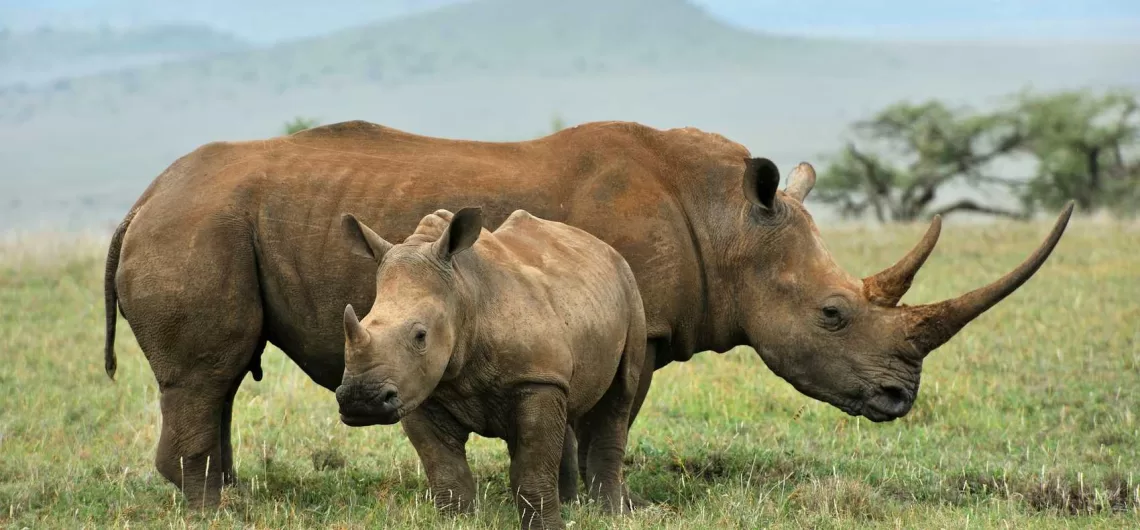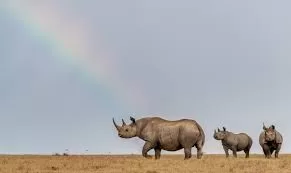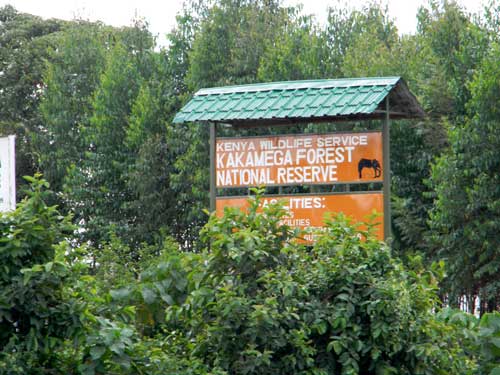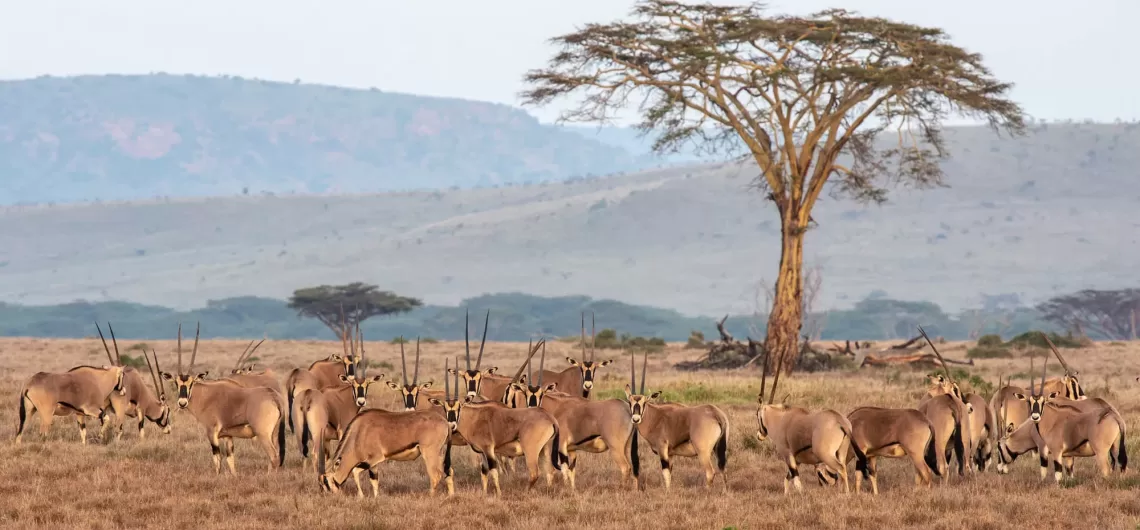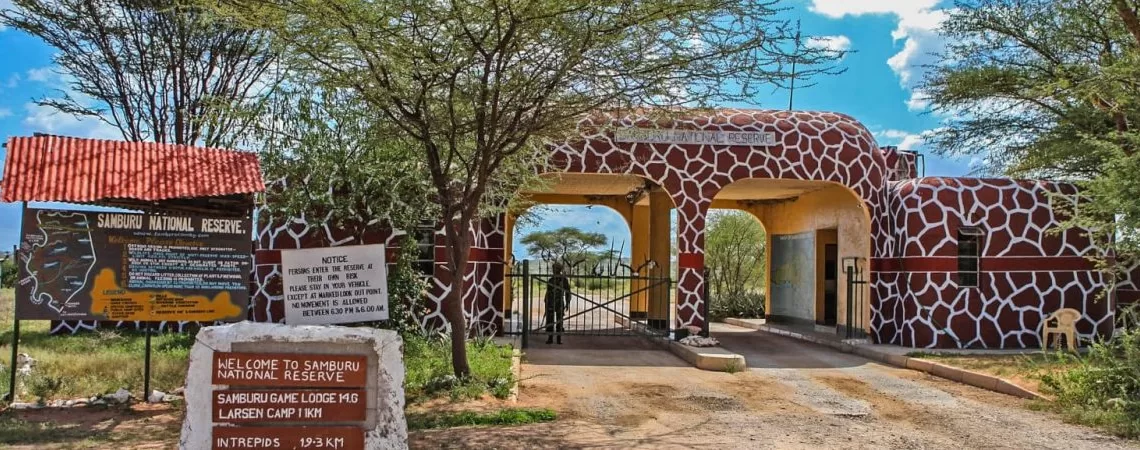About David Sheldrick Elephant Orphanage
David Sheldrick Elephant Orphanage is an brilliant area to tour. It was founded in 1977 by Dame Daphne Sheldrick to honor her late husband, David Sheldrick.
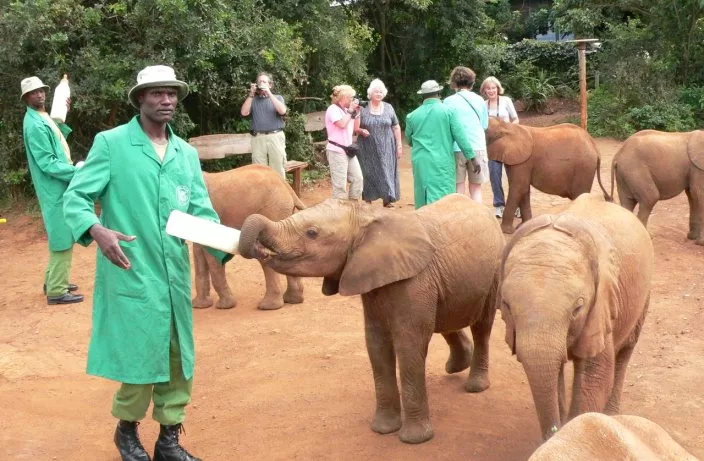
In additionally, since 2001, it has been run by their daughter, Angela Sheldrick. Also it is an area so that it will maximum probably contact your Heart.
David Sheldrick Elephant Orphanage main base and location of their elephant orphanage. Often referred to as the Nairobi Nursery. Is in Nairobi National Park just 17 km south of the city of Nairobi, Kenya. It is located off Magadi Road.
Additionally, It looks after the younger elephants till they may be antique sufficient to be launched into the wild.
It additionally has 3 reintegration gadgets positioned. In the Greater Tsavo Conservation Area, Ithumba, and Umani Springs withinside the Kibwezi Forest.
Fee Charges
The charge to go to the David Sheldrick Elephant Orphanage is Ksh1,500 for adults and children above 12 years old. While youngsters under 12 pay Ksh500.
This is a donation charge and traffic are welcome to both donate greater to the conservation efforts or even ‘adopt’ an elephant at a small charge.
Opening Hours
The Orphanage at Nairobi Opening Hours The elephant orphanage is open to traffic from eleven am to twelve pm exclusively.
In the past, there was every other special time frame for traffic who’ve followed an elephant. However, with covid restrictions, the Orphanage not gives this timing.
How to get there
Only approximately 7km from the town center, the animal orphanage is without problems handy on tarmac roads, off Lang’ata Road, Kenya Wildlife Service Head Office.
Accommodation
Visitors for the David Sheldrick Elephant Orphanage can stay in various Lodges and Hotels in Nairobi.
Wildlife
Adopt an Elephant – except being the maximum precise elephant sanctuary withinside the world, you could also ‘adopt’ one of the toddler elephants here.
The value is $50 according to yr and consists of a certificates with a picture graph and statistics approximately your followed orphan.
There are month-to-month updates approximately your elephant, and a large plus, you’ll have an possibility to experience a 2d go to to the orphanage later withinside the afternoon.
Maxwell the Rhino – As noted, the orphanage additionally cares for orphaned rhinos. Maxwell is a blind rhino you may go to in his unique protecting stockade. He is positioned on the Kenya Wildlife Service workshop, approximately 1km from the orphanage.
